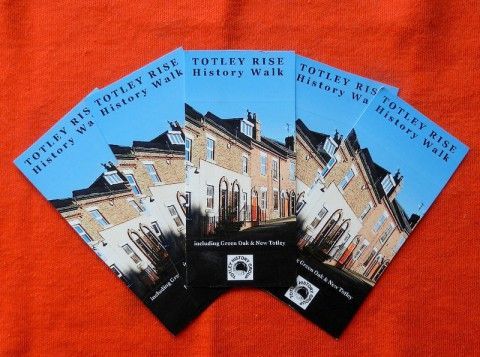Totley Library moved here in 1964 from the building next to Tesco Express, Baslow Road (in Dore) which had been converted from an electricity showroom and offices in 1939. The new library was built on land that had been owned by George Pearson & Sons, nurserymen and market gardeners, who constructed two large glasshouses for their business which became known as Heatherfield Nurseries.
Follow the footpath away from Baslow Road down to Lemont Road, turn left and cross the road. After passing Mona Villas, enter the park.



























